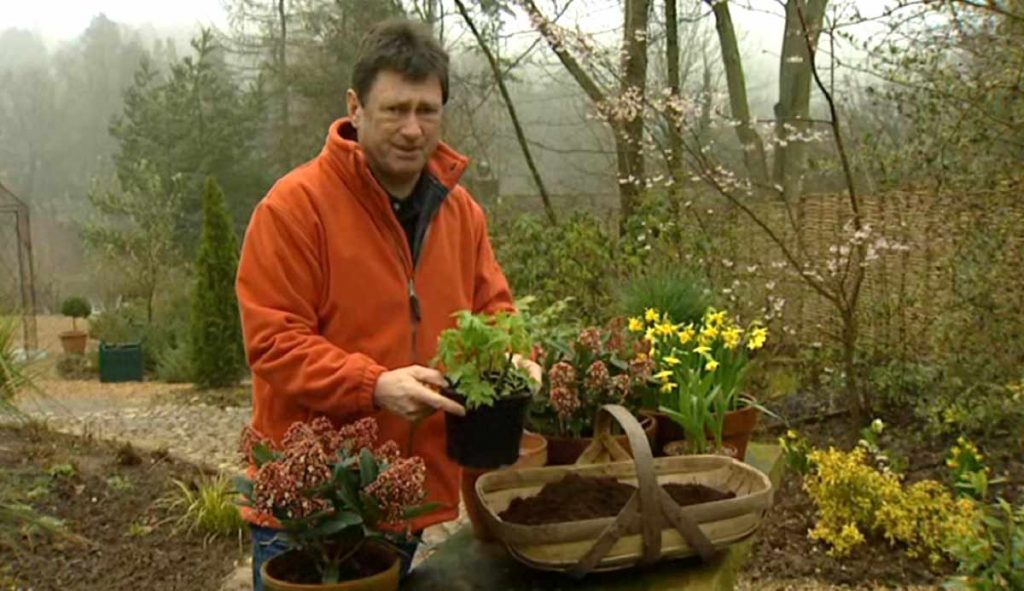Gardeners World episode 15 2002: Gardeners’ World team guide you through seasonal highlights from across the country visiting stunning gardens, meeting the gardeners and finding out their secrets of success.
Gardening show packed with good ideas, tips, advice from experts and timely reminders to get the most out of your garden, whatever its size or type.
Gardeners World episode 15 2002
Dactylorhiza
They are hardy tuberous geophytes. In a thickened underground stem, they can store a large amount of water to survive arid conditions. The tuber is flattened and finger-like. The long leaves are lanceolate and, in most species, also speckled. They grow along a rather long stem which reaches a height of 70–90 cm (28–35 in). Leaves higher on the stem are shorter than leaves lower on the stem. The inflorescence, compared to the length of the plant, is rather short. It consists of a compact raceme with 25-50 flowers. These develop from axillary buds. The dominant colors are white and all shades of pink to red, sprinkled with darker speckles.
Buddleia
Buddleia is a perennial shrub that produces long panicles of tiny fragrant flowers late in the growing season. (Here in North London this happens in August, whereas a few decades ago it was September…). Left to its own devices, this plant makes a mound that is four metres in diameter. Buddleia needs little care and attention from the gardener. While neighbouring plants require mulching, deadheading & general high maintenance, Buddleia does not. It grows in virtually any soil & suffers from no pests or diseases.
It only needs to be cut back hard in late March to encourage late flowering; this will help late-season pollinators to find nectar in the autumn.
Lotus corniculatus
Lotus corniculatus is a common flowering plant in the pea family Fabaceae, native to grasslands in temperate Eurasia and North Africa. Common names include common bird’s-foot trefoil, eggs and bacon, birdsfoot deervetch, and just bird’s-foot trefoil, though the latter name is often also applied to other members of the genus.
It is a perennial herbaceous plant, similar in appearance to some clovers. The name ‘bird’s foot’ refers to the appearance of the seed pods on their stalk. Five leaflets are present, but with the central three held conspicuously above the others, hence the use of the name ‘trefoil’. It is often used as forage and is widely used as food for livestock due to its nonbloating properties.
Begonia
With 1,831 species, Begonia is one of the largest genera of flowering plants. The species are terrestrial (sometimes epiphytic) herbs or undershrubs, and occur in subtropical and tropical moist climates, in South and Central America, Africa, and southern Asia. Terrestrial species in the wild are commonly upright-stemmed, rhizomatous, or tuberous. The plants are monoecious, with unisexual male and female flowers occurring separately on the same plant; the male contains numerous stamens, and the female has a large inferior ovary and two to four branched or twisted stigmas. In most species, the fruit is a winged capsule containing numerous minute seeds, although baccate fruits are also known. The leaves, which are often large and variously marked or variegated, are usually asymmetric (unequal-sided).




